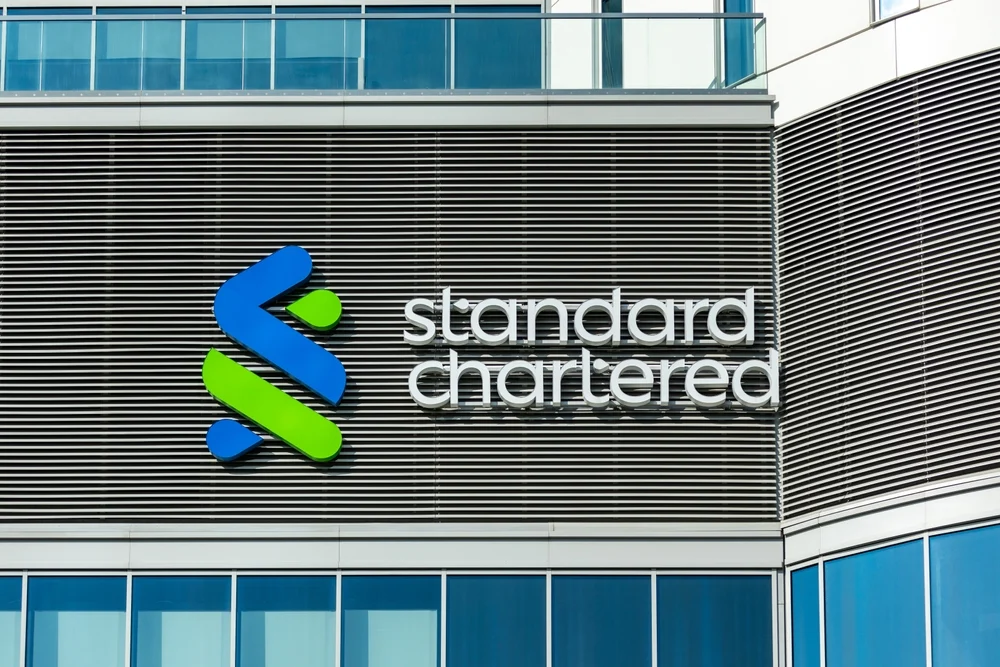StanChart Q1 profit beats estimates
Standard Chartered reported first-quarter profit that beat estimates as the bank weighs the impact of US President Donald Trump’s trade war.
Adjusted pretax profit for the quarter ended March hit US$2.3 billion, largely driven by the bank’s financial markets and wealth units, which exceeded the US$2.2 billion consensus estimate compiled by Bloomberg.
“The subsequent imposition of trade tariffs has increased global economic and geopolitical complexity, and we remain watchful of the external environment,” chief executive officer Bill Winters said in the earnings statement.
“But our ability to help clients manage their business and wealth across borders in times of volatility reinforces our confidence that we can continue to improve returns.”
London-based Standard Chartered makes most of its money in Asia, the Middle East and Africa, where it provides a mix of institutional, commercial and retail banking services. However, US trade policies have roiled global markets and upset international supply chains.
Though the uptick in trading volumes caused by market volatility had been good for its business, the bank has warned it was concerned that the continued uncertainty was causing some clients to begin to pare risk.
Speaking at an industry conference in March, chief financial officer Diego De Giorgi said that while flows in the bank’s financial markets arm had been strong, there were signs of customers “moving a little bit towards the sidelines”.
Standard Chartered shares had started the year on a bright note, trading above the level they had been when Winters first joined the bank a decade ago, only to fall sharply in the days leading up to and following Trump’s “Liberation Day” tariff announcements in April.
The stock has since recovered to above the £10.41 set on Winters’ first day as CEO and is currently up about 11 per cent for the year.
The bank is in the middle of a cost reduction programme it calls “Fit for Growth”. Standard Chartered has said the initiative will cost US$1.5 billion, with the larger part of the expenses due to come through this year as it looks to make its operations more efficient.





